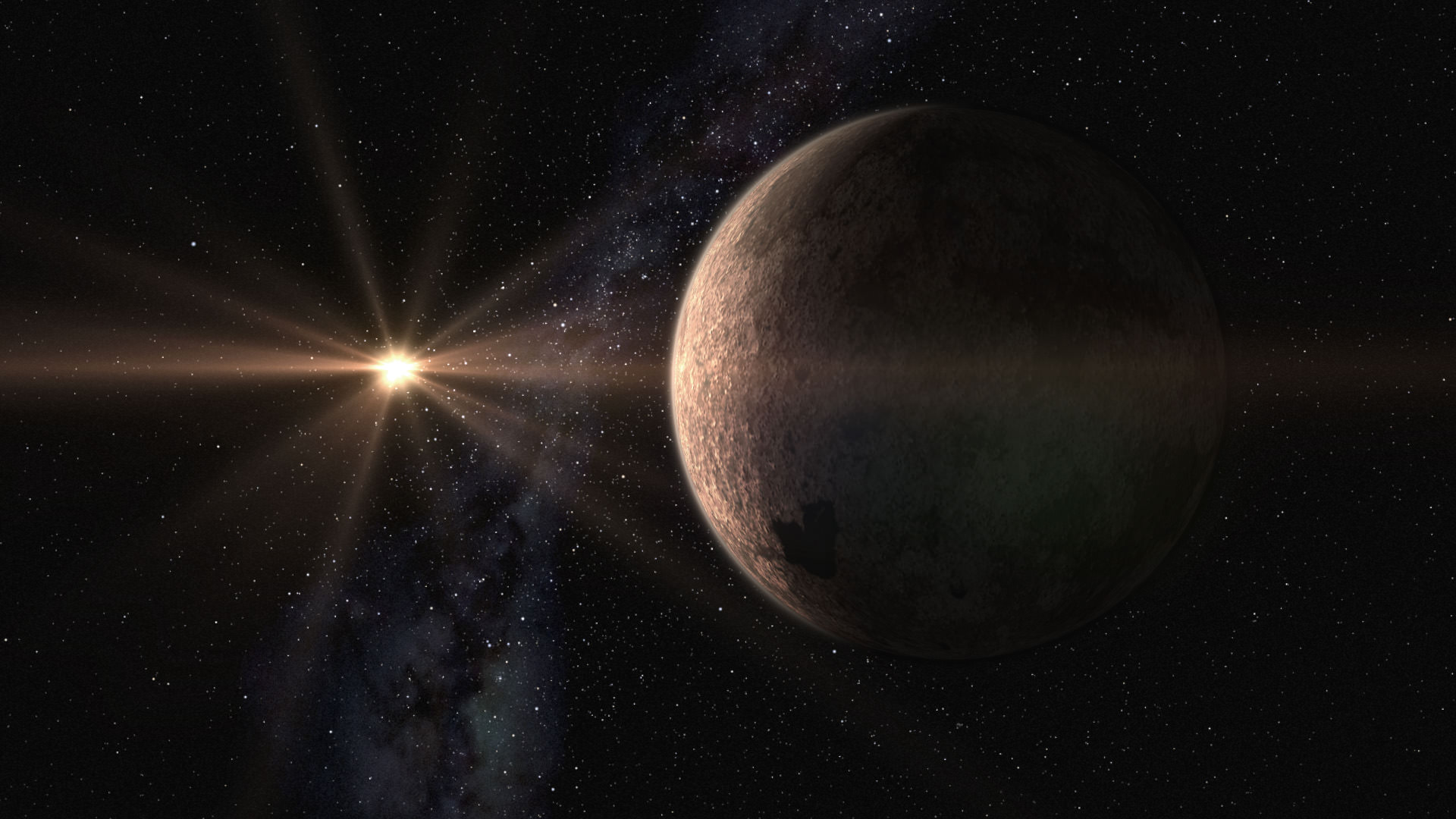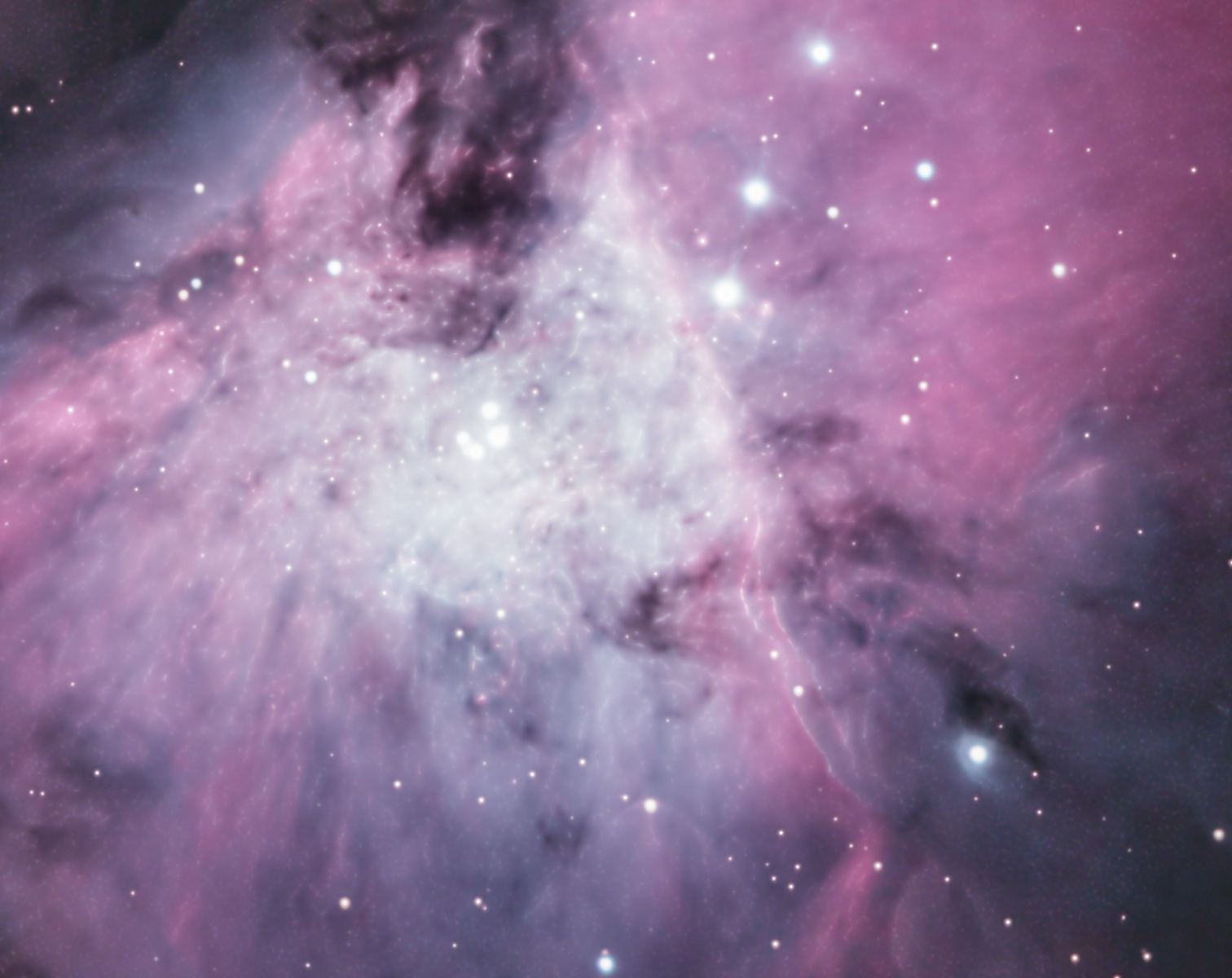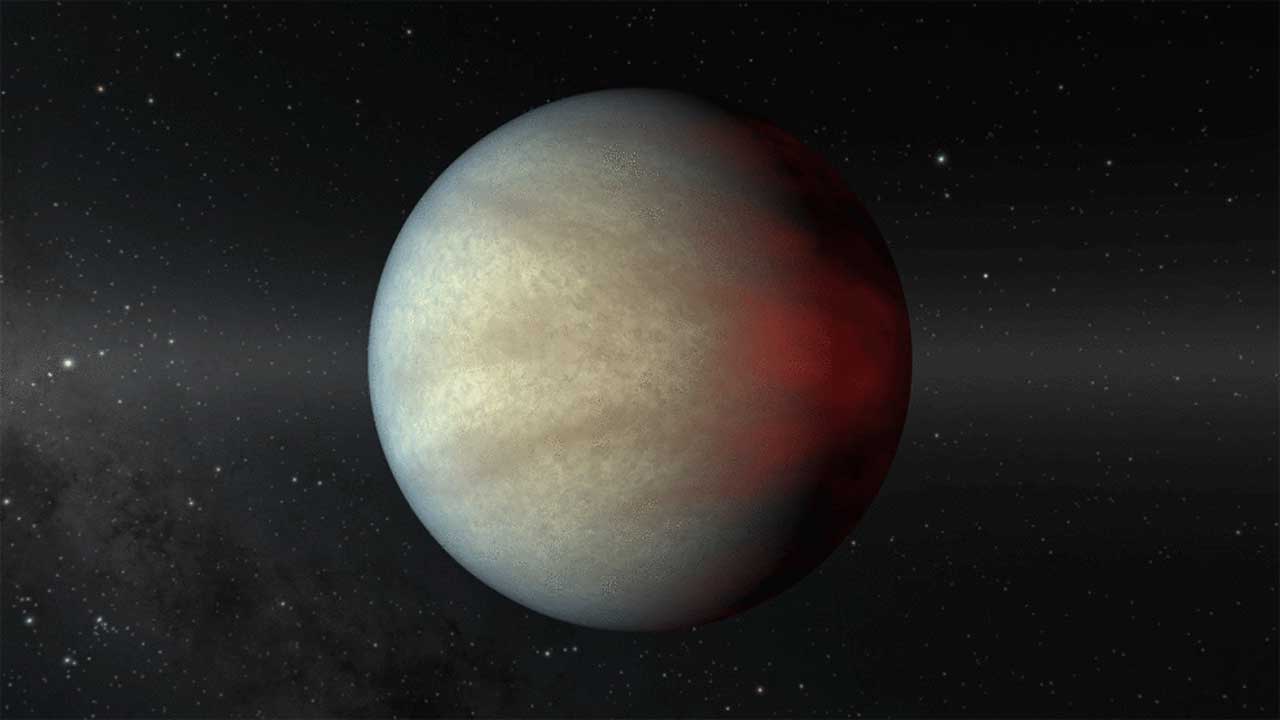NASA’s TESS planet-finding spacecraft completed its primary mission about 3 months ago. TESS’s (Transiting Exoplanet Survey Satellite) job was to search the brightest stars nearest to Earth for transiting exoplanets. It found 74 confirmed exoplanets, with another ~1200 candidates awaiting confirmation.
It surveyed 75% of the sky during its two-year primary mission, and now NASA has released a composite image of the northern sky, made up of more than 200 individual images.
Continue reading “Time Flies. NASA Releases a Mosaic of TESS’ View of the Northern Sky After Two Years of Operation”










